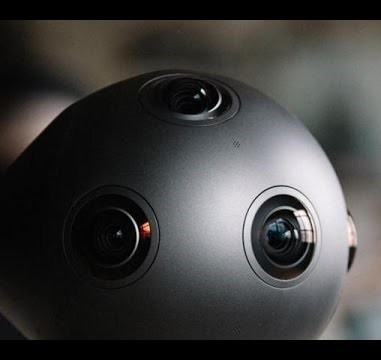Nokia, once a world leader in the mobile phone market before the launching of iOS and Android smartphones, will soon launch a spherical virtual reality (VR) camera, based on a report by The Verge. The high-tech powerful "Ozo" VR camera, which can capture 360-degree video and audio, was developed for commercial and indie filmmakers.
Nokia hopes the camera will become the de facto VR camera for movie makers from Hollywood to Bollywood, and will only be sold to production companies. It will be unavailable to the general public.
Nokia has not announced an official launch date or price tag. However, reports are that the VR product's public unveiling will take place in a couple of months, according to CruxialCio.
Ozo will be the most advanced and powerful virtual reality camera on planet Earth. The 6-pound (2.7 kg) round gadget is the size of a regular cantaloupe.
Nokia's new camera also contains eight optical image sensors. They are all uniformly spaced one inch (2.5 cm) apart.
The VR gadget is also equipped with eight microphones, with one planted in each camera, to create a 3D-effect. Different tones and volumes will seem to originate from several directions.
A tripod stand can hold the unit. Users can also produce video and audio files in various standard file formats.
Ozo's objective will be to give VR headset owners the ability to watch videos with a panoramic view surrounding them, according to Clapway. It will be paired with dynamic audio.
The VR device's developers hope that it can become a leader in the small industry of virtual reality cameras. It could then penetrate new markets.
Nokia has developed camera technology in the past. That included its work for the Microsoft Lumina smartphones, which resulted in its teaming up with Jaunt Studios, a VR production firm.
The Finnish company was founded in 1865. Throughout its history it has sold paper products, network equipment, personal computers, and cellular phones.



























